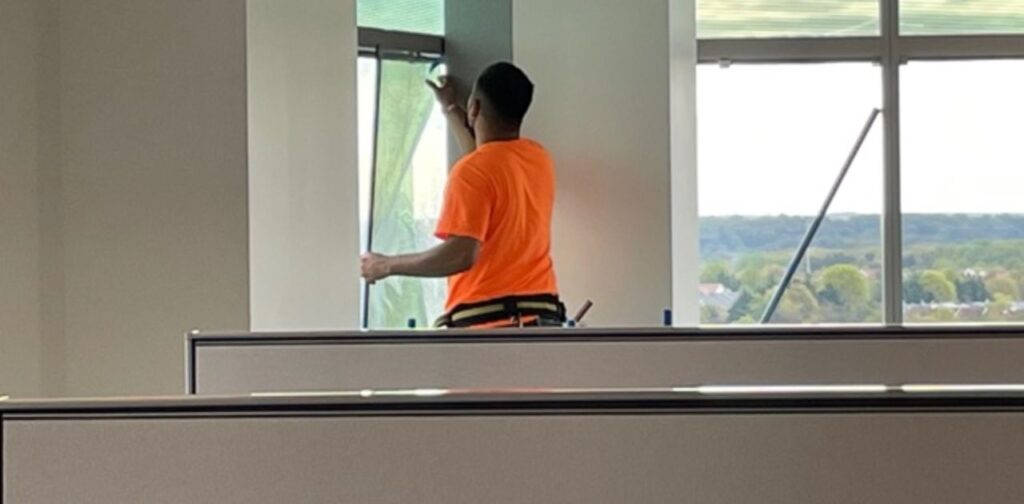Adding tint to your car windows is an extremely popular modification that can provide many benefits. However, with so many tint shades and options to choose from, making the right choice for your needs and local regulations can get confusing. This comprehensive guide will explore all the key factors to consider when selecting automotive tinting for the optimal balance of style, functionality and legal compliance.
Factors to Consider When Choosing Tint Shades
Choosing the right tint shade depends first and foremost on your state’s legal restrictions regarding window tint darkness levels, measured by how much light can pass through the film. Beyond meeting legal limit requirements:
- Light visibility needs – Darker tints like 5% black film significantly reduce glare but also visible light transmission to dangerous levels at night. Lighter shades still block heat and UV but ensure better visibility.
- Type of driving – Frequent nighttime driving means limiting darker tint levels that impede visibility.
- Car’s interior environment – Consider current level of heat, glare and existing tint. Your personal color preferences matter too.
- Weather conditions – In hot, sunny climates, more cooling and UV protection is needed from tint compared to overcast areas.
This table summarizes key facts about light transmittance levels of various window tint shades:
| Tint Percentage | Description | Recommendations |
| 5% | Extremely dark “limo” tint | Only small top portion of windshield allowed in most states | High visibility reduction – avoid for night drivers | Provides maximum heat, glare and UV ray protection | Legal risks in most states | Not recommended for everyday driver vehicles |
| 20% | Very dark tint |Good night visibility | Significantly reduces heat, glare and UV rays getting through | One of darkest legal tints allowed on front side windows in most states | Good option for SUVs / cars with tinted rear windows |
| 35% | Medium to dark tint | Decent visibility at night| Provides good solar protection | Darkest legal tint for passenger car front windows in most states | Ideal balance for many drivers |
| 50% | Medium light tint |High visibility at night | Still blocks some glare and UV rays | “Smoke” look | Too light for full solar protection benefits |Recommended for rear and back side windows in states restricting front window darkness |
| 70% | Very light tint |Maximizes night visibility | Subtle solar filtering | No “tinted” look | Clear tint mainly for UV protection |Also used in cold climates to aid heating | Rear windows still allow high visible light transmittance |
| 90-100% | Nearly clear | No visibility reduction| Minimal filtering | Invisible installed look | Light tint more for UV protection than heat/glare reduction | Not considered true “automotive tinting” in many states |
As shown above, the darkest legal tint limit for passenger vehicle front windows is typically 35% but specifications depend on your state laws. Drivers should balance their visibility needs with the level of heat and glare reduction and UV protection desired from window tinting.
Matching Tint to Your Car’s Exterior Paint Color
Along with darkness level, the other big tint decision is color. Tint shades complement some vehicle paint colors better than others aesthetically:
- For black, white or red cars, neutral grey shades like smoke or charcoal best match the body while avoiding a mismatched look. These deeper hues also provide more glare relief.
- Light silver or tan vehicles pair well with similarly light clear tint or frost shades.
- Blue or green paint jobs tend to look good with blue, green or purple tinted film.
Installers should have samples to test against your car’s exterior before deciding. Ultimately the prime considerations should be legal compliance and visibility needs rather than just color matching.
Which Windows to Tint
While full vehicle window tinting provides maximum benefits, typical installations cover:
- Rear side and back windows
- Front doors, adjusted to legal limits
- Top sunroof panels, if applicable
Due to sight line visibility restrictions, most states don’t allow front windshield film tint beyond a small visor strip at the very top, if at all. Special medical exemptions can sometimes permit extra front window tinting.
Professional vs. DIY Home Tinting

Beyond buying a quality film product designed specifically for automotive tinting rather than home window application, you’ll need to weigh installing the window tint yourself or having it professionally done. Considerations include:
- Cost – Professionally installed window tinting costs $100-500 depending on number of windows and film chosen. High quality DIY kits cost less but have more room for error.
- Quality – The cut and application of the film requires precision and skill, especially on curved car windows. Mistakes lead to bubbles, tearing or an uneven look.
- Complexity – Professional installers have the patience, tools and experience to apply tint properly. First-time DIYers often struggle.
For most vehicle owners without tinting knowledge, utilizing professional auto accessory shops lead to higher quality installations that look perfect and comply with state laws. Store quotes from installers also ensure you get the right visible light transmission level.
Conclusion
Getting the right window tint style and darkness for your car is critical to provide glare, heat and UV protection while ensuring visibility and legal compliance wherever you drive. Consult this guide to understand the major considerations around automotive tinting and explore options confidently with the help of professional installers available in your area. With the perfect tint shades in place, you’ll no doubt enjoy the ride that much more.
Read More : How to Remove Tint from Car Windows?